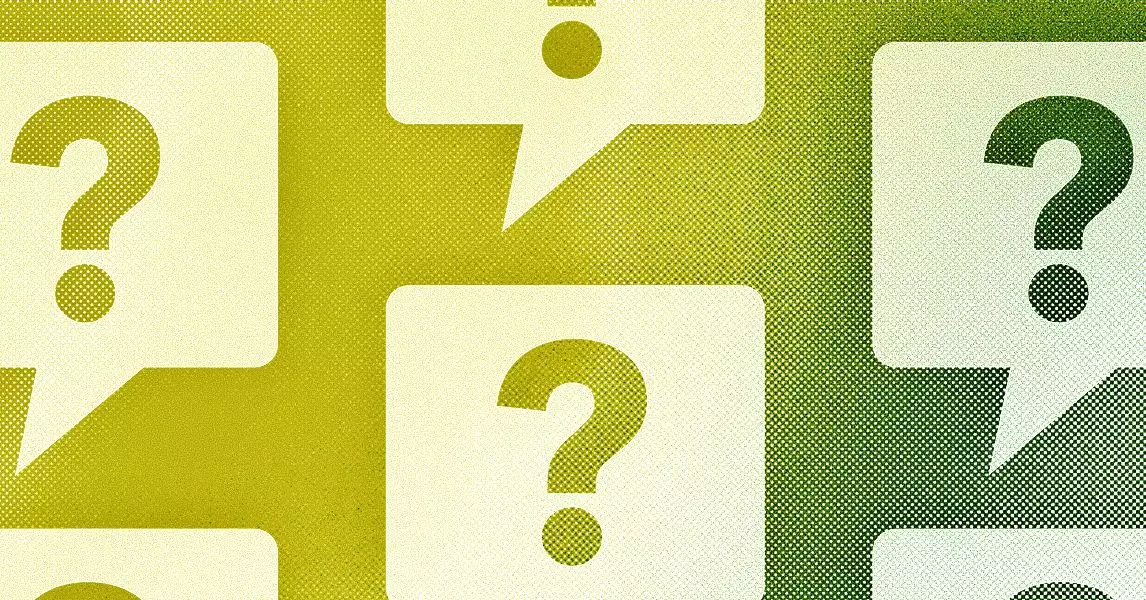Artificial Intelligence has quietly but profoundly infiltrated Hollywood’s creative process, fundamentally altering how visual narratives are crafted. Previously, storyboarding was a meticulously manual task entrusted to skilled artists who sketch scenes to map out the flow of a production. These artists invested hours, sometimes days, in translating verbal scripts into visual sequences. Now, AI-powered tools can generate detailed storyboards in a fraction of that time, raising critical questions about the future of human artistry in the industry.
This technological shift does not simply expedite production; it threatens to redefine the role of traditional visual artists. Many seasoned storyboard artists have expressed concerns about redundancy, as image generation models can produce high-quality visual concepts with minimal human intervention. For big-budget blockbuster films, especially those heavy on action and superhero sequences, the reliance on AI-generated storyboards suggests a potential cost-cutting measure for studios, but also an erosion of the craft itself.
While proponents argue that AI tools enhance creative possibilities, critics warn of a commodification of visual storytelling. If AI can quickly generate scenes that would have previously required artistic nuance and experience, it risks diluting the expressive depth of visual storytelling. The long-term implications are challenging to predict, but one thing remains clear: the traditional role of the visual artist is at a crossroads, facing an uncertain future as machinery increasingly takes the reins.
Economic Shifts and Ethical Concerns: Hollywood’s Struggle with AI Integration
The advent of AI in film and television production has ignited fierce debates around labor rights, economic equity, and the future sustainability of creative jobs. During recent industry strikes, AI was a prominent issue, symbolizing fears that studios might leverage automation to diminish wages, reduce job opportunities, and bypass union protections. The core concern is that AI will serve as a tool of exploitation, mainly benefiting production studios and investors rather than the creative workforce.
Many actors, writers, and crew members see AI as a disruptive force that could strip away earning opportunities and diminish the value of human talent. It’s one thing to consider AI as an augmentation of the creative process, but another to view it as a replacement for human labor. The potential for AI to generate synthetic actors, replace voice-over artists, or enhance CGI without proper compensation poses ethical dilemmas that resonate with concerns about labor rights, artistic integrity, and economic justice.
Despite these fears, some niches within the industry are embracing AI with optimism and strategic foresight. Independent filmmakers and experimental directors see AI as a tool for democratizing the creative process, lowering barriers to entry, and fostering innovation. Notably, prominent figures like Darren Aronofsky are pioneering efforts to incorporate AI into their projects, establishing AI studios and partnerships with tech giants. However, these ventures are often viewed with suspicion by those wary of the broader implications for employment and the artistic community.
Redefining Artistic Leadership and the Human Element
While it’s true that AI poses a threat to certain jobs, it also offers an opportunity to rethink what it means to be a filmmaker or artist in the digital age. Talent and vision remain irreplaceable, and AI doesn’t threaten the uniqueness of human creativity—at least not entirely. Instead, AI challenges artists to push boundaries and redefine their roles, from creators of visual content to curators of intelligent tools.
Visionary directors like Darren Aronofsky exemplify a new breed of filmmakers who harness AI not to replace themselves but to expand their creative horizons. Collaboration between humans and machines could lead to innovative storytelling methods that were previously unthinkable—interactive narratives, immersive virtual environments, and personalized content tailored to individual viewers.
However, integrating AI into creative domains requires a nuanced approach. Strategies must include safeguards to ensure that technological progress doesn’t come at the cost of artistic integrity or workers’ livelihoods. Policymakers, industry leaders, and artists need to collaborate to establish ethical frameworks that balance innovation with fairness.
Ultimately, AI’s role in Hollywood is a reflection of a broader societal shift—a relentless pursuit of efficiency and novelty that must be managed with responsibility and foresight. Whether as a tool for artistic augmentation or a disruptive force, AI’s influence is inevitable, compelling us to reconsider the very essence of storytelling and the values that underpin creative industries.

